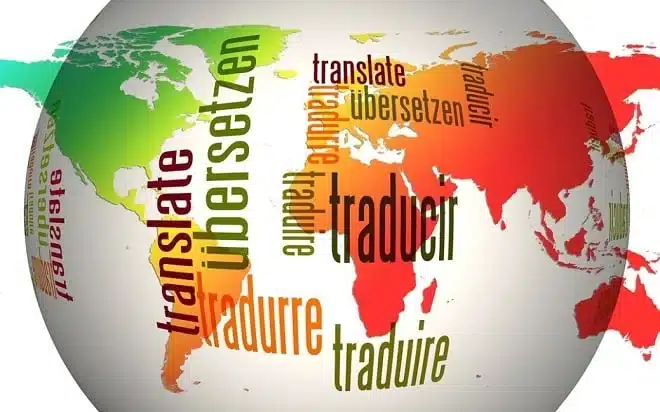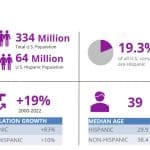It’s no secret that the complex environment of marketing and communication requires respecting its specific rules and adapting, creatively and carefully, what we’ve learned from other fields. If your website requires translation into another language, it’s not enough to hire native speakers of that language, as you’ll need professionals who know both the CULTURE of the country where that language is spoken and the RULES of Marketing (traditional and digital).
However, it’s pointless to create a fresh and original campaign if, without considering the peculiarities of the language and culture, you end up with a complete disaster that frustrates your internationalization efforts.
Some think translating a website or launching an effective international marketing campaign is as simple as translating the texts into the target audience’s language. Not at all. A specialized translation in marketing and communication sets the difference between success and failure.
Transcreation in Website Translation
Translating a campaign is not just about knowing the infinite number of anglicisms and marketing-specific terms, such as rebranding, benchmarking, or retargeting. Knowing our environment allows us to choose the right vocabulary, specialized terminology or whether to translate a certain concept.
Isn’t it true that no one would think of translating “Trending topic” as “fashion topic,” “influencer” as “influential person,” or “marketing” as “merchandising“? These translations may be correct, but will they make the recipients of the message furrow their brows in confusion and start backing away from your brand? No doubt.
That’s why, whether the campaign is aimed at the local market or internationalization, translators and “copywriters” (another term with its entity) should have specific training in marketing and advertising and always be up-to-date with the latest trends. An always-updated terminological base will facilitate the translation process and exponentially increase its quality.
Translation is the interpretation of the meaning of a source text and the subsequent production of a new text, equivalent to the original but in another language. The goal of translation is to be as faithful as possible to the original text’s meaning and style. This is sufficient when the text’s purpose is merely informative. However, when the goal is to produce an emotional effect on the recipient, the literal translation is insufficient because it doesn’t consider the audience’s characteristics and the social and cultural environment where the message will be used.
We must approach the content creatively to make the message have the desired emotional effect on the public. Trans means “beyond“, “through“, or “change“. We need to produce more than a literal translation, as a translation stuck to the original wouldn’t work. Idiomatic phrases, sensory effects, and symbolic allusions would be lost in translation. Transcreation allows us to recreate the original content and adapt it to the new audience with originality and creativity. This is a more complex process than translation, and several factors come together, including excellent linguistic mastery of the source and target languages.
To translate a website or advertising campaign effectively, you need to consider:
- The characteristic cultural traits of the audience you want to reach.
- The effect the website or campaign’s texts, messages, and slogans wish to achieve.
- The characteristics of the product or service you want to position, promote, or sell.
- The personality and attributes of your brand, and
- The competition already positioned the personality, attributes, and messages in the target markets, among others.
Research as a Fundamental Tool
Marketing appeals to consumers’ emotions, the visceral part, trying to awaken that tingling sensation that makes them pay attention. Those emotions are different for each age group, culture, region of the world, social status, education, and so on.
That’s why being a good translator is insufficient; you must immerse yourself in the target audience’s culture, idiosyncrasies, and customs. All this comes from empathy that allows you to understand the customer’s needs; among all possible translations for a phrase, we must choose the one that resonates most in their hearts.
So often, the subtext – the message you want to convey – takes precedence over the literal translation of the words, which we can stray far from. Here, transcreation comes into play, where it’s necessary to perform a translation process and combine it with creative writing to create attractive and persuasive content.
Translators as Exponents of Marketing That emotional factor we’ve been talking about is what makes the human component essential for performing an adequate translation within the world of marketing and advertising. The nuances and empathy with which a professional translator works are difficult to achieve with automatic translation. Moreover, blindly relying on machines can have hilarious and disastrous effects.
If there is one thing that translators have due to the nature of their work — in addition to an unbeatable knowledge of languages — it is high research, writing, reading comprehension, and creative writing skills. These skills are of utmost importance in developing marketing campaigns, and it is not unusual for them to be the gateway to other communication-related sectors.
As we have seen, translation in marketing goes beyond moving from a source language to a target language. It requires a freer and more creative translation process, where literary style, idioms, jargon, or colloquial language adapted to the context are much more present.
When discussing digital marketing, we must also consider that very diverse demographic and geographic variables will condition SEO positioning. An identical text written in different languages will not create the same impact or even the same text in different countries that speak the same language.
Adaptation work is required, and if you want things done well, you will need translators specialized in marketing.




